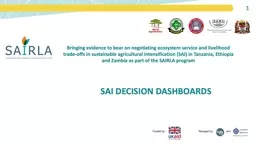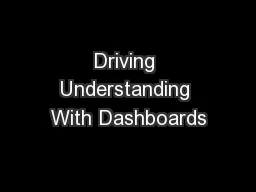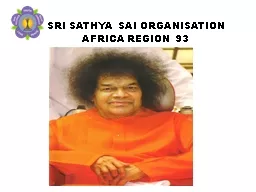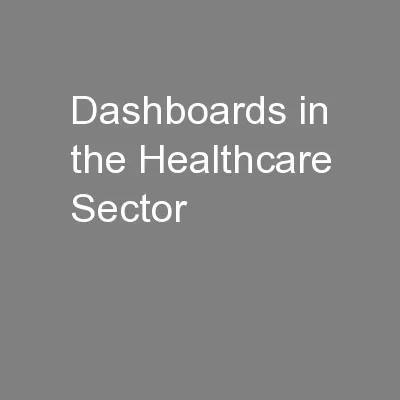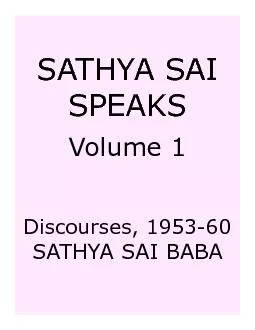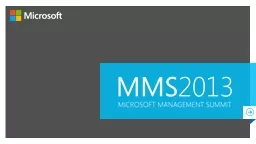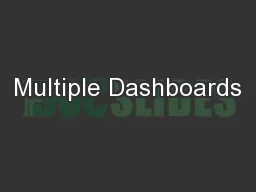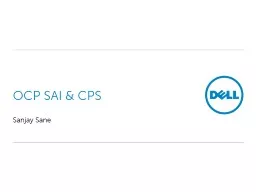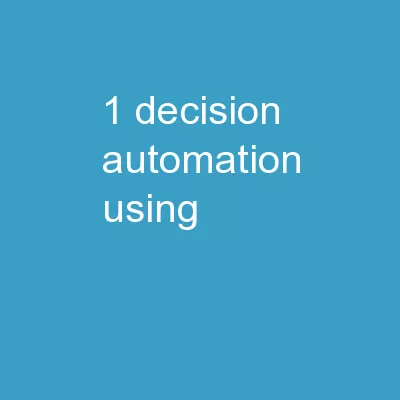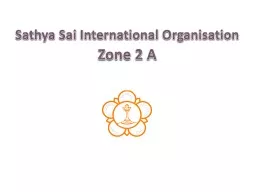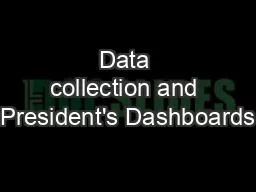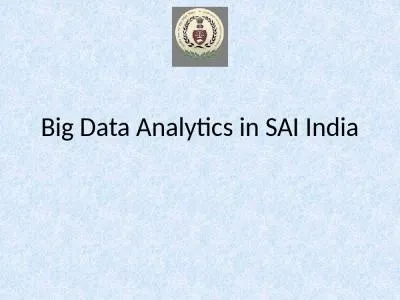PPT-SAI DECISION DASHBOARDS
Author : boyplay | Published Date : 2020-06-29
Bringing evidence to bear on negotiating ecosystem service and livelihood tradeoffs in sustainable agricultural intensification SAI in Tanzania Ethiopia and Zambia
Presentation Embed Code
Download Presentation
Download Presentation The PPT/PDF document "SAI DECISION DASHBOARDS" is the property of its rightful owner. Permission is granted to download and print the materials on this website for personal, non-commercial use only, and to display it on your personal computer provided you do not modify the materials and that you retain all copyright notices contained in the materials. By downloading content from our website, you accept the terms of this agreement.
SAI DECISION DASHBOARDS: Transcript
Download Rules Of Document
"SAI DECISION DASHBOARDS"The content belongs to its owner. You may download and print it for personal use, without modification, and keep all copyright notices. By downloading, you agree to these terms.
Related Documents

